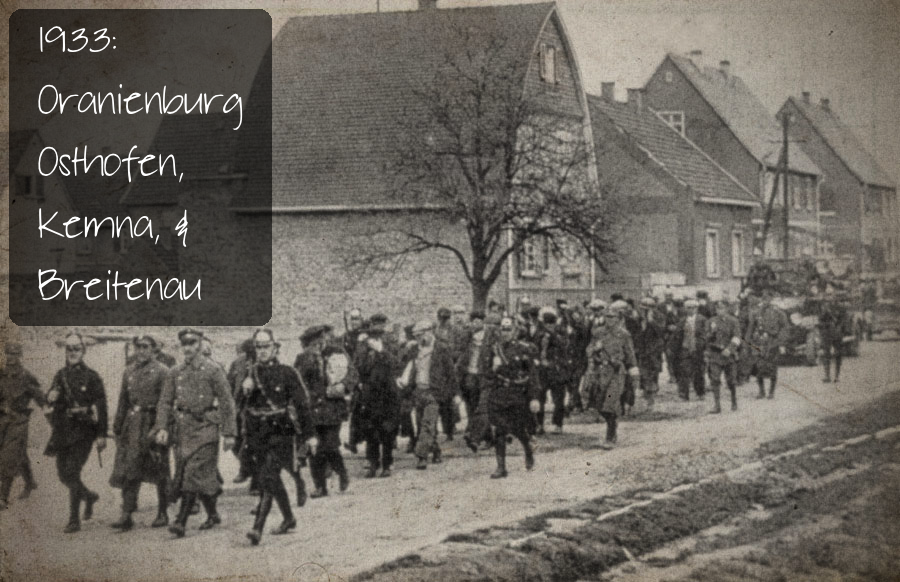1933: Oranienburg, Osthofen, Kemna, & Breitenau
1933: Oranienburg, Osthofen, Kemna, & Breitenau After Hitler came to power in 1933, one of his earliest acts was to round up anyone who didn’t… Read More »1933: Oranienburg, Osthofen, Kemna, & Breitenau
